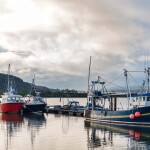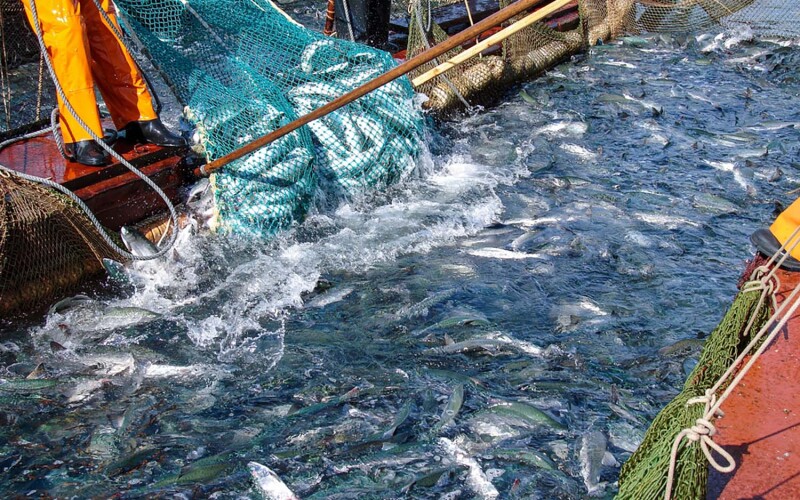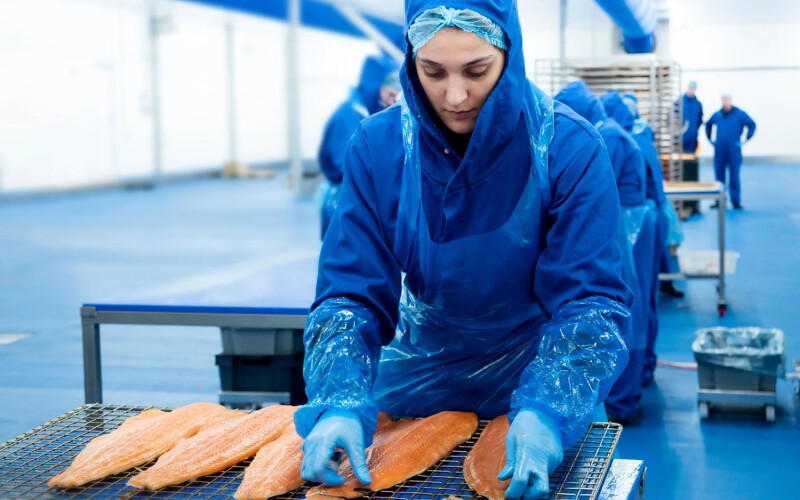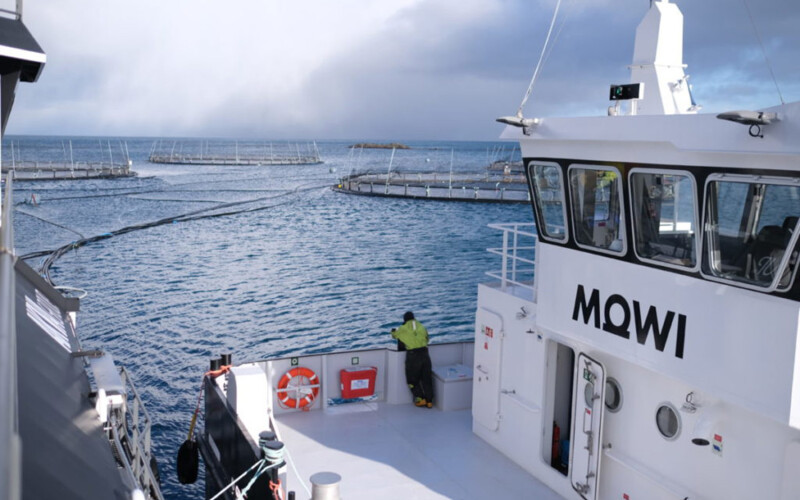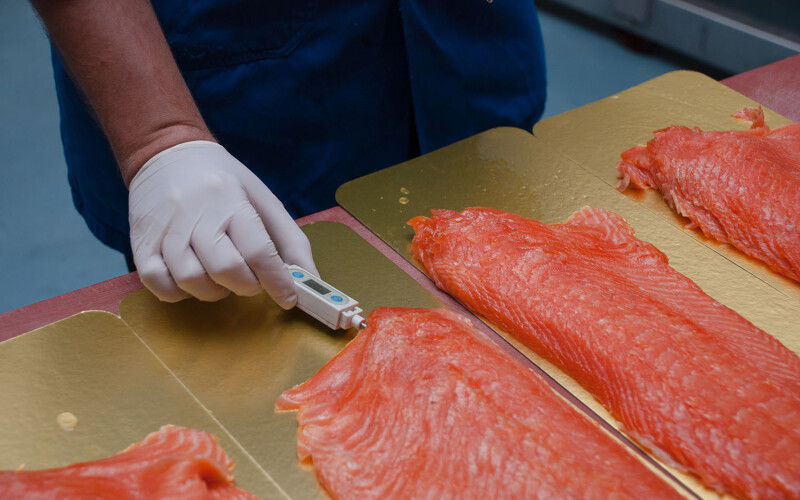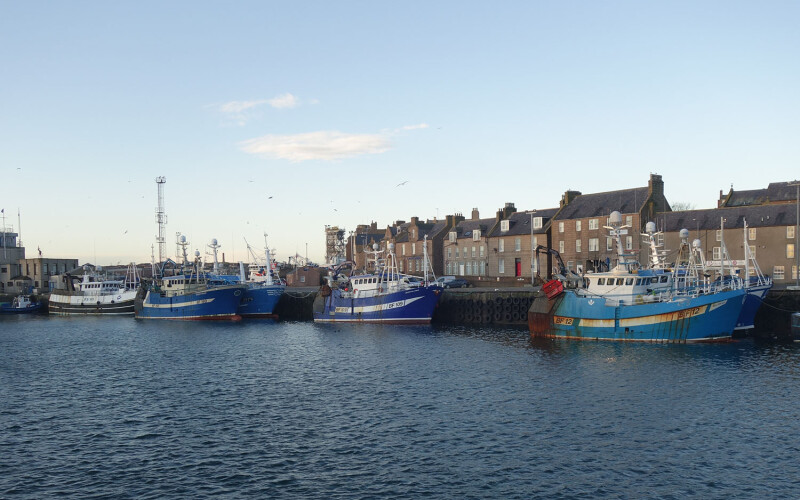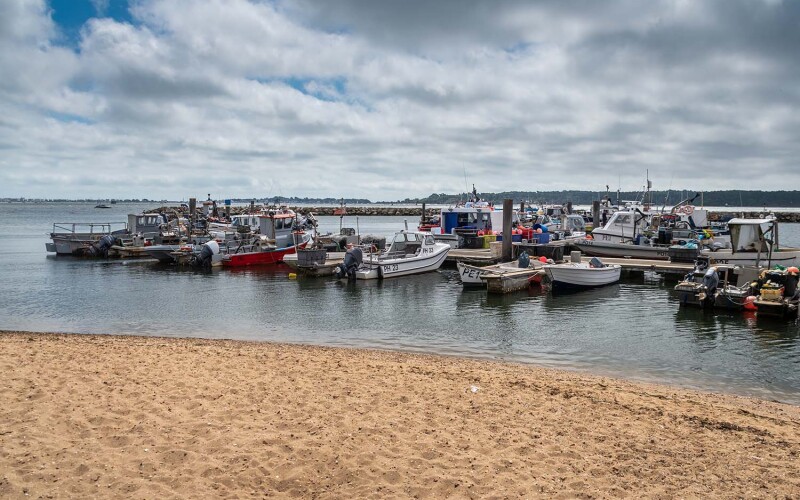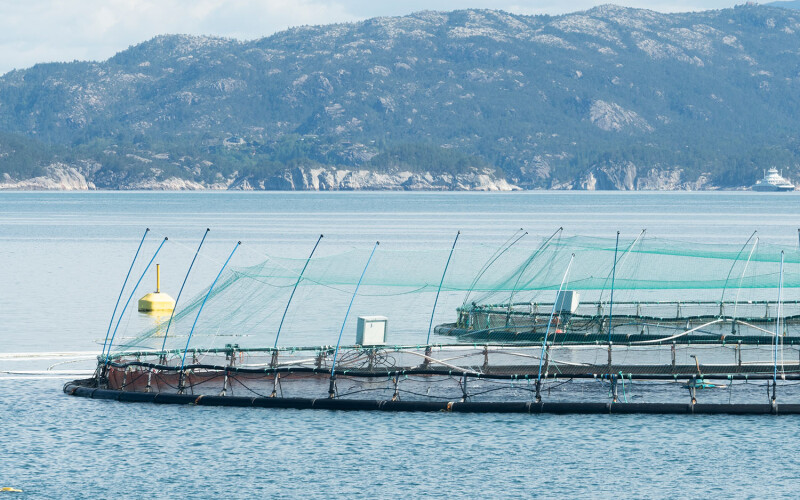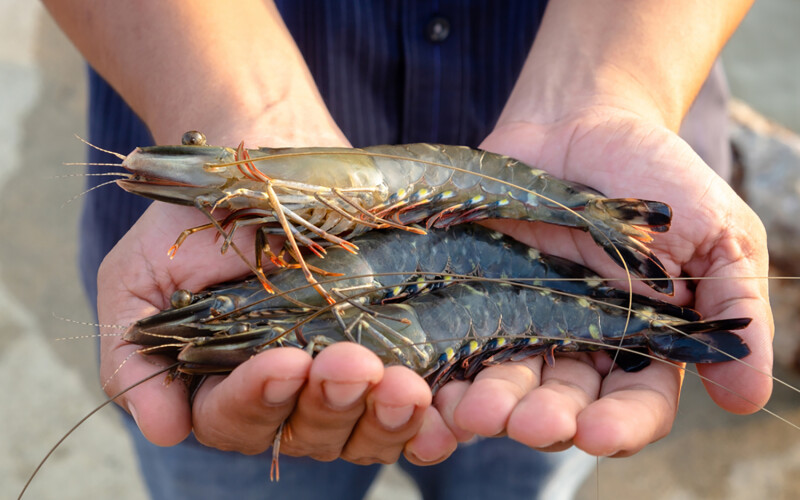London-based seafood writer and communications consultant Jason Holland has been a contributing editor to SeafoodSource.com since January 2010. Jason has more than 25 years of experience as a B2B journalist and editor – a career that has taken him all over the world. He believes he found his true professional calling in 2004 when he started documenting the many facets of the international seafood industry and he’s particularly proud of the strong, collaborative relationships he has formed at all stages of the supply chain.
Author Archive
The global supply of salmonids increased 7 percent year over year in 2023 to 5.2 million metric tons (MT) whole fish equivalent (WFE), with Kontali Senior Financial Analyst Filip Szczesny attributing the rise to solid wild catch in North America and Russia, rather than larger aquaculture volumes.
According to Szczesny farmed salmonid production actually slipped by around 1 percent last year, and despite regional variances, the total
… Read MoreSo-called “production-grade” farmed Atlantic salmon is now estimated to account for around one-third of Norway’s total salmon output.
In Norway, farmed salmon are classified as either “superior”, “ordinary”, or “production” grade, based on the quality of the fish. Under Norwegian regulations, it’s illegal to export production-grade salmon without first processing it, but after
… Read MoreBergen, Norway-headquartered Mowi harvested 96,500 metric tons (MT) of gutted-weight equivalent (GWE) Atlantic salmon in Q1 2024, a 6,000-MT decline from Q1 2023.
Mowi said issues with winter sores and string jellyfish have resulted in low superior share and average size on fish harvested in Norway, impacting price and cost performance.
Mowi’s complete Q1 2024 report will be released on 8 May.
The European Parliament has passed changes to a regulation for smoked salmon processing put forward by the European Commission in December 2023, rejecting concerns from fish processors and seafood supply chains.
The adjustments focus on “stiffening,” a longstanding process used by processors, whereby the ambient temperature of fresh salmon fillets are reduced to between -4 and -14 degrees Celsius to make slicing easier. The
… Read MoreAustralian seafood companies are increasingly targeting the U.K. market following the free trade agreement (FTA) between the two countries, which entered into effect 31 May 2023.
The FTA brought an immediate end to tariffs on many Australian seafood exports, resulting in a “significant, positive impact” on most product categories, with savings realized on both importer and supplier sides, according to Ana Nishnianidze, the
… Read MoreIncreased adoption of new technology has joined health, sustainability, the cost-of-living crisis, and other topics on a list of converging trends that are influencing a global seafood market projected to reach USD 605.5 billion (EUR 562.1 billion) in value by 2029, a new report from the Norwegian Seafood Council (NSC) has found.
Based on internal analysis and key industry insights, “Oceans of change: seafood trends for 2024” –
… Read MoreWith farmgate prices for whiteleg shrimp (Litopenaeus vannamei) decreasing and production costs rising, black tiger shrimp (Penaeus monodon) farming is making a strong comeback, according to Kontali Shrimp Analyst Ida Seljevoll Skancke.
Black tiger shrimp is the second-most cultured shrimp species in the world after whiteleg, or vannamei shrimp, but until 2002, it was the dominant species of farmed shrimp. Disease challenges and the introduction
… Read More

